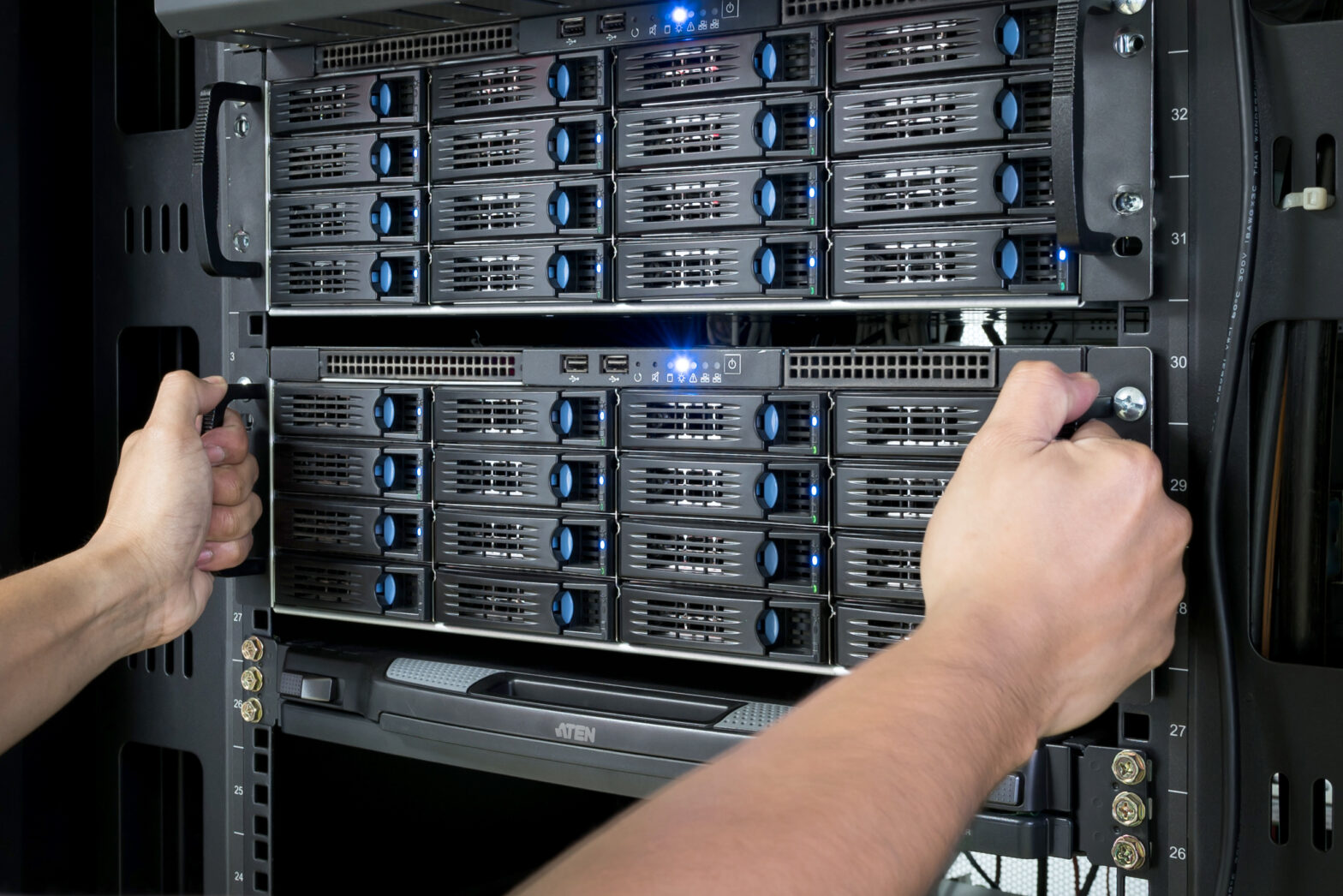In the world of business there are some things you just can’t be without: imagine a day with no telephone connection or internet access.
There’s one thing no organisation can survive without for long, and that’s data. Whether it’s payroll so staff are paid on time, customer details so you can fulfil transactions or data on your competition so you can plan more strategically, data is vital to your organisation. And you need access to it at all times so your business doesn’t grind to a halt.
Until recently, the main threats to business continuity from a systems and data perspective centred around backup and recovery. Systems malfunctions, outages and human error topped the list of causes of data loss – along with natural disasters and theft.
Held to ransom
But the threats have changed, and in the next five years there will be three main causes of data loss.
The first will be ransomware attacks. Ransomware, usually delivered via email, limits or totally prevents users from accessing their data either by encrypting files or locking computer screens until a ransom is paid.
>See also: Big data vs. privacy: the big balancing act
This kind of attack is already on the rise: the US Internet Crime Complaints Centre reported 2,500 cases cost US victims $24m in 2015.
That figure has already been topped for 2016, in fact some estimates put the cases at 7,700 costing $57.6m. Although it’s big organisations that hit the headlines when they’re attacked, ransomware incidents are not limited to large multinationals; every organisation is at risk.
The next threat to business continuity, recovery point objectives (RPO) and recovery times objectives (RTO), might seem a world away from the clandestine activities of ransomware, but I see them as another increasing risk to an “always-on” business.
They’re going to become even more pivotal as infrastructure becomes more complicated, data volumes continue to grow and demands on data increase.
There is a connection to ransomware here too. If you don’t have your backup scheduled at the intervals that suit your data requirements, or if your data can’t be restored quickly enough after an outage or a ransomware attack, your business is not properly protected.
The third threat is a lack of backup consistency across the organisation which typically stems from the proliferation of point solutions: too many disparate data backup processes lead to complexity in orchestrating consistent recoveries, in particular for issues affecting multiple systems.
It’s an age old problem, but one that still haunts the data centre and one that I believe will become even more prevalent in the next few years.
>See also: Data lakes vs data streams: which is better?
Point solutions inevitably lead to a more complex infrastructure, resulting in an opaque RPO / RTO.
Without a consistent and unified backup of your infrastructure, it’s incredibly difficult to truly protect data assets and systems. There are obvious links to ransomware: if you don’t backup, you can’t recover.
It’s all about strategy
CIOs will inevitably bear the brunt of these shifting business continuity priorities, they’re the ones expected to have plans in place, and to recover data as soon as it’s lost.
The pressure will be even greater – so don’t be surprised to see an emphasis on much more robust strategic and operational planning.
There’ll be a distinct move towards cloud-based solutions as part of what seems to be becoming a de facto hybrid infrastructure, and there will be a change in the way CIOs make data protection investment decisions, with backup and recovery taking a larger share of the IT budget.
Nice and easy
Vendors are starting to change their approach too. They’re recognising that ease-of-use isn’t just about making life a little easier for their customers. It’s much more than that.
It means that it’s simpler to see if vital data is protected, uncomplicated to change RPOs and RTOs and straightforward to quickly recover lost data. All of which help not just with protection from outages but also newer threats like ransomware.
>See also: Big data vs. the Internet of Things: how the projects differ
Vendors will start to put much more emphasis on cloud too: giving customers an extra line of defence when it comes to data protection. And we’re seeing a movement towards disaster recovery testing – until recently many users only found out if their backup was working when they came to recover lost data for real, which should never happen.
These industry changes are already underway, and will only accelerate over the next few years.
But there’s pressure on vendors to develop solutions even more quickly, and that could lead to an explosion of data protection products on the market.
So, IT managers need to work closely with their vendors who have the expertise and experience to find the solution that will provide full system resiliency. That way, they can enjoy the peace and quiet, with a cup a coffee, without the worry of losing data.
Sourced by Christophe Bertrand, VP product marketing, Arcserve







